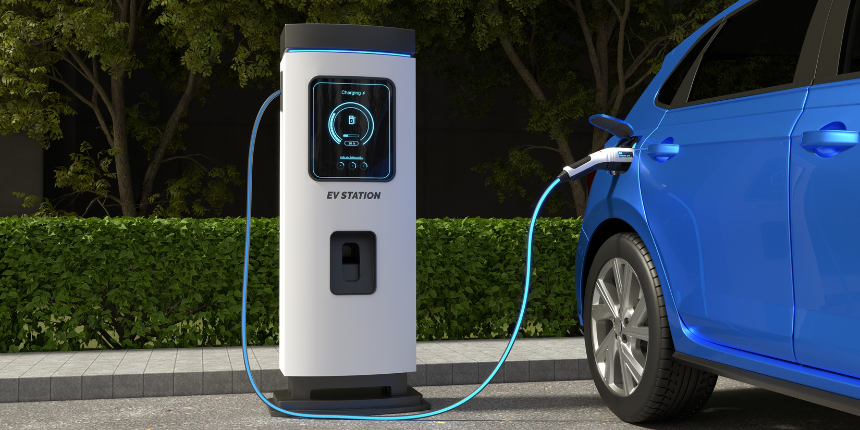

The electric vehicle (EV) revolution is rapidly transforming the automotive landscape, with more consumers shifting toward eco-friendly transportation. As this shift accelerates, the demand for EV charging stations is growing exponentially. For businesses and service providers, optimizing the online presence of these stations is no longer optional—it’s essential. Accurate, accessible, and up-to-date online listings are crucial for driving traffic to charging stations, improving user experience, and ultimately, staying competitive in a crowded market. Whether you’re managing a single station or a network of them, understanding the importance of optimizing these listings across various platforms is the first step toward ensuring that your EV charging stations are visible, reliable, and easy to find.
1. Beyond Google: Managing data across key platforms
While Google may be the dominant player in the digital landscape, managing your EV charging station data across multiple platforms is vital for comprehensive visibility. EV-specific platforms such as Tesla, Apple Maps, TomTom, and Here are increasingly important as they cater directly to EV drivers looking for charging options. Each platform serves a different segment of the market, and neglecting any one of them could mean missing out on potential customers.
For example, Tesla drivers are more likely to rely on Tesla’s in-car navigation system to locate charging stations, while others might use Apple Maps or TomTom during their journeys. Ensuring your station information—such as location, hours of operation, and available services—is accurately listed and regularly updated on these platforms will not only increase your reach but also improve the user experience.
2. Leveraging Real-Time Data to Enhance User Experience
Real-time data is a critical component in optimizing the user experience for EV charging stations. In an industry where convenience and reliability are key, providing up-to-date information on charger availability, type, power level, and payment methods can make the difference between a satisfied customer and a lost opportunity.
Imagine an EV driver looking for a charging station late at night. They rely on accurate, real-time data to find an available charger that meets their vehicle’s needs—whether it’s a fast charger for a quick top-up or a standard one for a longer charge. Without real-time updates, a driver might arrive at a location only to find that all chargers are occupied or incompatible with their vehicle, leading to frustration and potentially a negative review.
By integrating real-time data into your listings across all platforms, you not only improve the chances of attracting customers but also enhance their overall experience. This level of detail and accuracy helps build trust with users, encouraging them to choose your stations consistently over less reliable alternatives.

Stay Forward
Get exclusive insights into digital
media's top-trending topics delivered
directly to your inbox.
3. Nesting EV Charging Stations Within Other Businesses
Many EV charging stations are located within or adjacent to other businesses, such as shopping centers, hotels, or restaurants. Properly “nesting” these stations within the larger business entity in online listings is crucial for improving discoverability and user experience. When drivers search for charging options, they often look for amenities that can enhance their charging downtime, such as places to eat or shop. By clearly indicating that your charging station is located within a particular business or complex, you provide valuable context that can attract more users.
For instance, a station listed as “EV Charger at XYZ Mall” is more informative and appealing than a generic “EV Charger” listing. This approach not only makes it easier for drivers to find the station but also allows the hosting business to benefit from increased foot traffic. Integrating the charging station into the identity of the larger business can thus be a win-win for both the station operator and the business owner.
4. The Power of User-Generated Content
User-generated content, such as reviews and photos, plays a pivotal role in boosting the visibility and credibility of EV charging stations. Positive reviews can significantly enhance a station’s reputation, making it more likely that other drivers will choose your location over competitors. These reviews often highlight aspects that matter most to users, such as ease of access, charger reliability, and available amenities, providing real-world validation of your service.
Moreover, photos uploaded by users can help potential customers easily identify your station upon arrival, reducing any confusion or frustration. A well-maintained station with clear signage, as shown in user photos, creates a strong first impression and reassures drivers that they’ve made the right choice. Encouraging satisfied customers to leave reviews and share photos can therefore be a highly effective strategy for improving your station’s online presence and attracting more users.
Optimizing the online presence of your EV charging stations is no longer just an option—it’s a necessity in today’s competitive landscape. By managing data across multiple platforms, leveraging real-time information, properly nesting stations within larger businesses, and harnessing the power of user-generated content, you can ensure your stations are not only visible but also trusted and frequently used. Implementing these strategies will position your charging stations for success, attracting more drivers and contributing to the broader adoption of electric vehicles.
Contributing Experts
Stay Forward
Get exclusive insights into digital
media's top-trending topics delivered
directly to your inbox.




